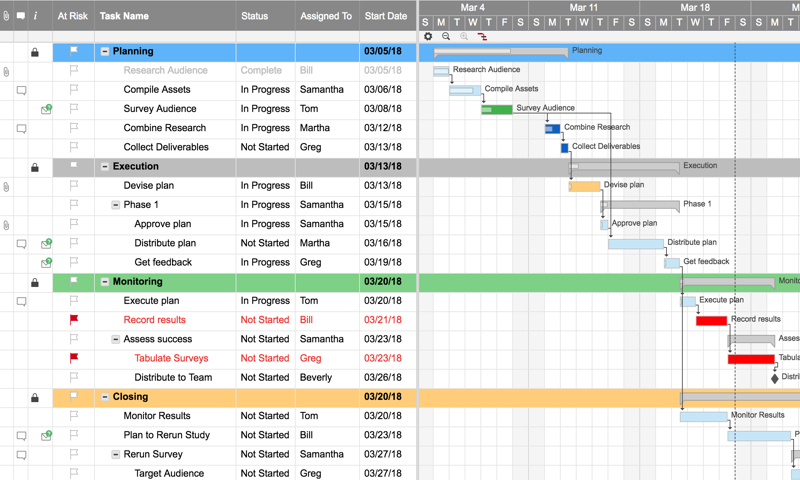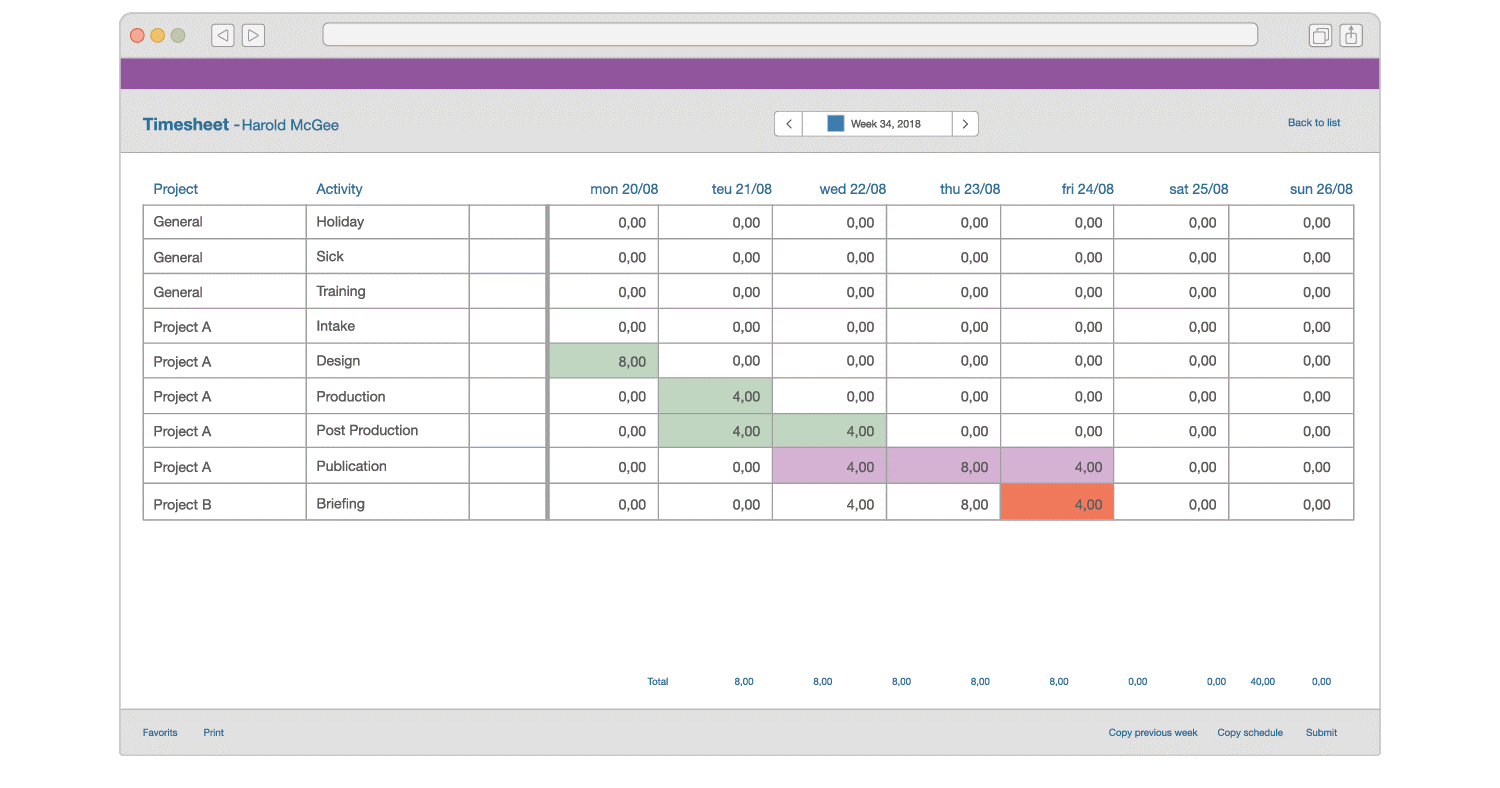Essay on Critical Path Analysis (CPA)
Number of words: 1936
Abstract
As a result, the broad adoption of the most widely used construction management scheduling software is hampered, and construction scheduling study undermines the foundation of any complete CPM-based time and cost analysis. Expected monetary value (EMV) is a risk management technique that aids in quantifying and comparing the risks associated with various elements of a project. It’s a statistical method that helps the project management calculate the contingency reserve by turning the risk into a number. When the future contains possibilities that may or may not occur, expected monetary value analysis (EMVA) determines the average results. This is a tough topic for many PMP candidates to grasp. The EMV calculation, on the other hand, requires just a few basic mathematical operations. Modern big data systems are hosted in the cloud, allowing many users and applications to use the same set of resources. Since resources continuously vary and are made available on-demand for each job, declarative user queries need to be optimized. Because of this, conventional query optimization for systems running on dedicated resources has to be rethought.
Keywords: Critical path analysis, Expected monetary value, Resource optimization, Risk quantification.
As a project management technique, critical path analysis (CPA) calls for outlining every crucial job required for a project’s successful completion. It involves figuring out how long it will take to complete each task and whether or not it is interdependent with others. CPA, or the critical path approach, is a project management technique for estimating a project’s completion date and monitoring its progress along the way. In mediation, plaintiffs may anticipate to receive an amount of money called the expected monetary value (EMV), which is a ballpark number. It takes into consideration both the monetary value and the probability of each possible result. The practice of matching a company’s resources (such as energy, water, and waste) to its specific requirements is known as resource optimization. It’s easier for the company to meet its sustainability and financial objectives when resource efficiency initiatives are put in place.
Critical Path Analysis
With respect to CPA
Advantages
- It identifies the actions that can be performed in simultaneously.
- A project manager can use this tool to assist determine the most important aspects of the project.
- It provides a practical and rigorous foundation for figuring out how to get to the goals.
- Each individual activity can be scheduled with the assistance of CPM’s illustration of dependencies.
- A network diagram depicts the activities and their results(Porras-Gonzalez et al., 2019).
Disadvantages
- The CPM does not handle personnel scheduling.
- estimating when an activity will be completed in CPM is a difficult task (Poliani, 2020).
- It’s not always obvious in CPM where the crucial path is.
- When working on larger projects, CPM networks get even more complex.
- It also doesn’t deal with the allocation of resource scheduling.
An example
Using Gantt Smartsheet’s charts make it simple to see the most important activities on a project’s critical path and keep track of their progress (Nurre & 2017) . To make things even simpler, you can set up automatic notifications to be notified of task completion percentages and status changes. Smartsheet has out-of-the-box connections with Google Apps, Microsoft Office 365, Dropbox, and many more platforms used by teams to create and save documents in the cloud. Because these app connections may be immediately linked to the project sheet, document versions can be more easily controlled.In addition if any change occurs in sheets it triggers notifications in the different communication channels that were configured with the automation rules. You’ll be able to get more done since your team will be better connected to each other and to other stakeholders across your organization, regardless of whether you’re in charge of a product or a marketing department
FIG 1

Expected Monetary Value (EMV)
With respect to EVPI.
- As a consequence of a cost-effectiveness study, a healthcare decision-expected maker’s value is the cost of having perfect information ready and able to pay for complete statistics about all aspects influencing the treatment option preferred. (Ibarrondo et al., 2020).
- The value of imperfect information expresses the value of data providing less than perfect information (Koski et al., 2020).
- A company’s willingness to pay a certain price in order to have access to flawless knowledge is commonly referred to as EVPI(Expected Value of Perfect Information (Bolam et al., 2019). The EVPI is used to quantify the cost of uncertainty since perfect knowledge might be utilized to eliminate the potential of making a bad choice by decision makers in project management, which is an essential notion. A decision maker may perform the best with the proper knowledge and confidence in the choices they make if the decision maker knows how best to use that information.
An example is:
Imagine you’re thinking whether or not to buy a tool that might be beneficial to your endeavor. There is a 70% probability that the $10,000 tool will work. If all goes well, you’ll be able to keep $15,000 of that (Alkinani et al., 2019).
If the tool works
70% x $15,000 = $10,500 which is Positive EMV
If the tool fails…
Negative EMV = 30% x -$10,000 = -$3,000
Overall EMV = $10,500 – $3,000 = $7,500
Generally speaking, you should consider any choice that has a high expected maximum value (EMV). In addition, you may be required to make a decision amongst a number of alternatives throughout the course of your project. You may choose the optimal choice by calculating and comparing the total EMV of the possible outcomes for each scenario.
Resource optimization
With respect to resource leveling and resource smoothing:
Diffrences
- Resource leveling is used when resources are misallocated or over allocated. Resource smoothing is used when resources are allocated in an inequitable manner.
- Critical path activities may benefit from resource leveling, but they are unaffected by resource smoothing.
- Because of this, jobs can be postponed while still remaining within their float if the resource leveling path doesn’t change (typically rises).
- After resource leveling, smoothing is frequently applied.
- The primary restriction in resource leveling is resources, while the project end date is a limitation in resource smoothing.
Similarities
- They both assist you in making the most use of your resources.
- They both assist you in planning network analysis.
Importance of resource leveling
- Prevents resource over-allocation: resource leveling prevents resource over-allocation by matching project job demands with resource capacity (li et al., 2018)
- Increases productivity and decreases burnout: eliminating over-allocation lowers the danger of resource burnout. Resources may concentrate on the highest-priority work without having to juggle additional duties, resulting in increased productivity.
- Ensures output quality: when resources can concentrate on a single job, the chances of a high-quality result improve.
Importance of resource smoothing
- Reduce the maximum quantity of a required resource and raise the proportion of resources utilized that are being used effectively(Hindi, 2017).
- modifies a schedule model’s actions such that the project’s resource needs do not exceed preset limitations on resources.
An example:
The Timewax resource software which enables managers to communicate the resource planning with their workers through the company’s calendar system or mobile application (Bodea, 2020).
Fig 2

In conclusion, by showing connections that govern the order of performance in different activities, CPM typically offers a greater understanding than a traditional bar chart. It is possible to allocate resources and predict equipment requirements based on an understanding of the operating flow. Identifying idle time is also useful for allocating resources more efficiently. Risk quantification, contingency planning, and decision making are all aided by Expected Monetary Value (EMV) analysis. When calculating the anticipated monetary value, your risk attitude should be neutral; otherwise, your calculations will be incorrect.The goal of project management resource optimization is to make the best use of available resources. Reporting on the most important problems impacting task operations is the primary goal. Because of this, companies are given the ability to satisfy resource demands for optimal designs and therefore achieve the organization’s goals.
References
Abdel-Basset, M., Ali, M., & Atef, A. (2020). Resource levelling problem in construction projects under neutrosophic environment. The Journal of Supercomputing, 76(2), 964-988. https://doi.org/10.1007/s11227-019-03055-6
Alkinani, H. H., Al-Hameedi, A. T., Dunn-Norman, S., Alsaba, M. T., & Amer, A. S. (2019, March). Review of the applications of decision tree analysis in petroleum engineering with a rigorous analysis. In SPE Middle East Oil and Gas Show and Conference. OnePetro. https://doi.org/10.2118/194795-MS
Bodea, C. N. (2020). IMPROVING THE DESIGN OF INTERPERSONAL SKILLS MODULES FOR IT/MIS CURRICULA: FINDINGS FROM A CORPUS LINGUISTIC RESEARCH. Issues in Information Systems, 21(4). http://www.iacis.org/iis/2020/4_iis_2020_178-186.pdf
Bolam, F. C., Grainger, M. J., Mengersen, K. L., Stewart, G. B., Sutherland, W. J., Runge, M. C., & McGowan, P. J. (2019). Using the value of information to improve conservation decision making. Biological Reviews, 94(2), 629-647. https://doi.org/10.1111/brv.12471
Hindi, S. S. (2017). Some crystallographic properties of cellulose I as affected by cellulosic resource, smoothing, and computation methods. Cellulose, 6(1). https://DOI:10.15680/IJIRSET.2017.061127
Ibarrondo, O., Álvarez-López, I., Freundlich, F., Arrospide, A., Galve-Calvo, E., Gutiérrez-Toribio, M., … & Mar, J. (2020). Probabilistic cost-utility analysis and expected value of perfect information for the Oncotype multigenic test: a discrete event simulation model. Gaceta sanitaria, 34, 61-68. https://doi.org/10.1016/j.gaceta.2018.07.012
Koski, V., Kotamäki, N., Hämäläinen, H., Meissner, K., Karvanen, J., & Kärkkäinen, S. (2020). The value of perfect and imperfect information in lake monitoring and management. Science of the Total Environment, 726, 138396. https://doi.org/10.1016/j.scitotenv.2020.138396
Li, H., Xiong, L., Liu, Y., & Li, H. (2018). An effective genetic algorithm for the resource levelling problem with generalised precedence relations. International Journal of Production Research, 56(5), 2054-2075. https://doi.org/10.1080/00207543.2017.1355120
Nurre, S. G., & Weir, J. D. (2017). Interactive Excel-based Gantt chart schedule builder. INFORMS Transactions on Education, 17(2), 49-57 https://doi.org/10.1287/ited.2016.0168
POLIANI, R. (2020). Planning and control in construction: analysis and integrations of three methodological approaches. Location-based management system (LBMS), last planner system (LPS) and critical path method (CPM). https://www.politesi.polimi.it/handle/10589/169821
Porras-Gonzalez, E. R., Martín-Martín, J. M., & Guaita-Martínez, J. M. (2019). A critical analysis of the advantages brought by blockchain technology to the global economy. International Journal of Intellectual Property Management, 9(2), 166-184. https://doi.org/10.1504/IJIPM.2019.100214